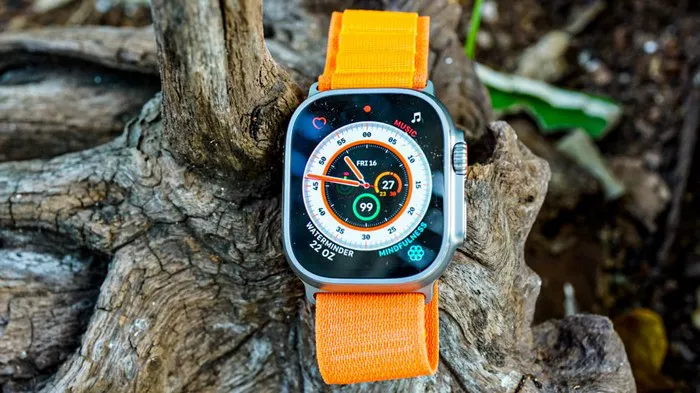In a much-anticipated move, Apple has finally rolled out the highly anticipated ‘Double Tap’ feature for its latest Apple Watch Series 9. This update, launched under the WatchOS 10.1, brings a groundbreaking touchless navigation capability that users have been eagerly awaiting.
The tech giant initially left users hanging as the feature was conspicuously absent upon the launch of the Apple Watch Series 9 last month. The ‘Double Tap’ function, which allows users to navigate the Watch without physically touching it, has now become a reality, revolutionizing the user experience.
While the feature is expected to extend to the Apple Watch Ultra 2, older models lacking the latest chip will miss out on this novel experience, as their processing power is deemed insufficient for accurate gesture recognition.
The ‘Double Tap’ feature is designed to cater to users who find themselves with only one hand free, such as when holding a cup of coffee or walking a dog. Users can simply tap their fingers together to select on-screen options, leveraging the Watch’s integrated sensors, including the accelerometer, gyroscope, and optical heart sensor, to detect the gesture as an input command.
This functionality allows users to effortlessly manage various tasks within Apple’s native applications, from ending phone calls to silencing alarms and responding to messages, simplifying daily interactions with the device.
While the initial update enables control over notifications from third-party apps, the current version does not extend this functionality to the apps themselves. It remains unclear whether future updates will expand this capability to third-party applications.
The ‘Double Tap’ feature comes activated by default, yet users have the option to deactivate it in settings. Notably, the feature remains automatically disabled during workout sessions and in specific apps.
With the introduction of this pioneering touchless navigation feature, Apple has once again reinforced its commitment to enhancing user convenience and redefining the boundaries of wearable technology.

